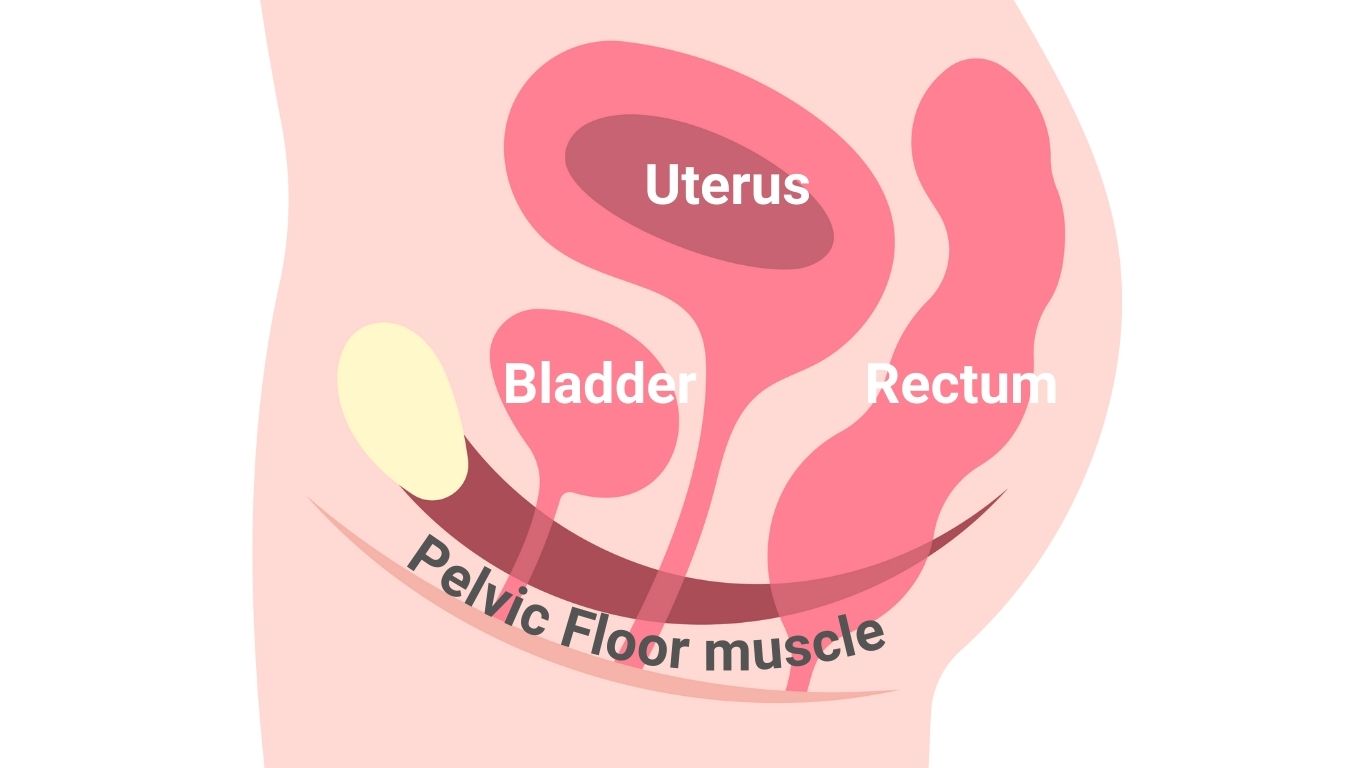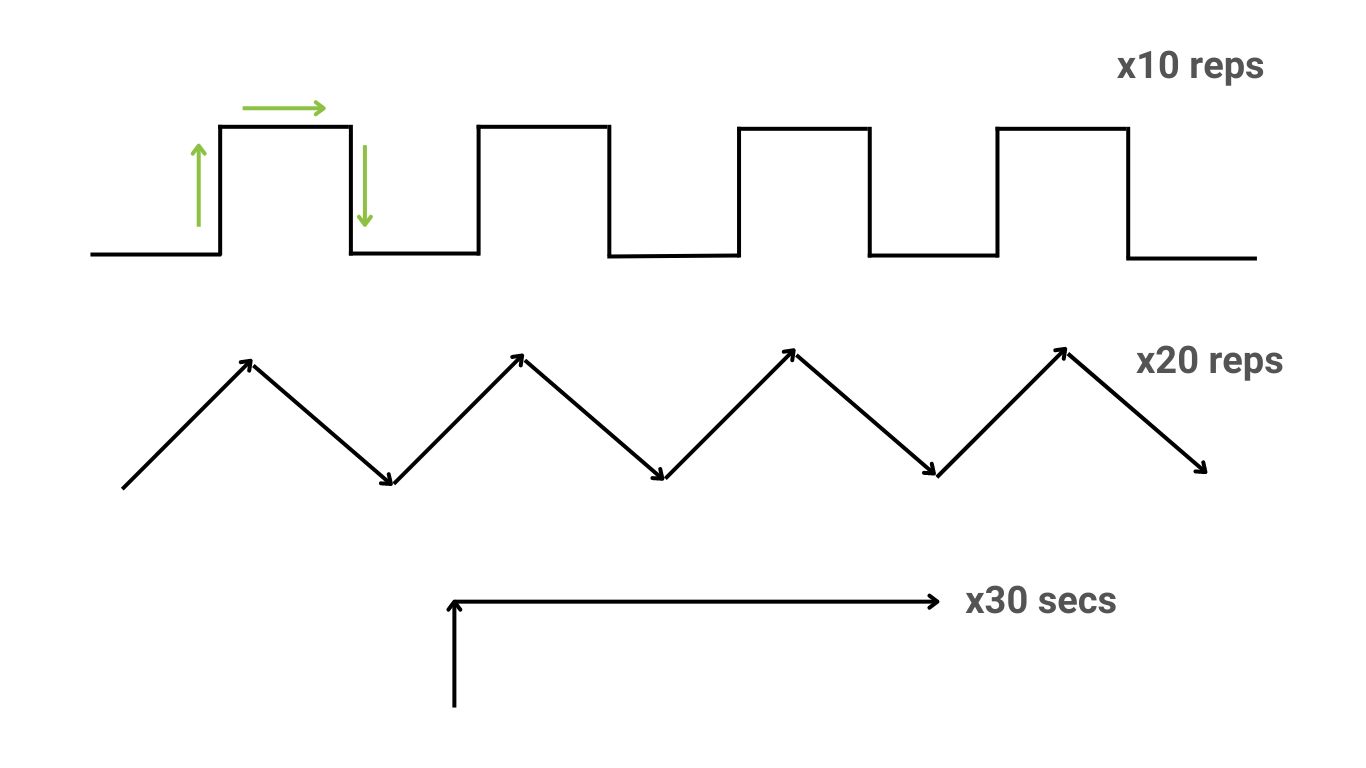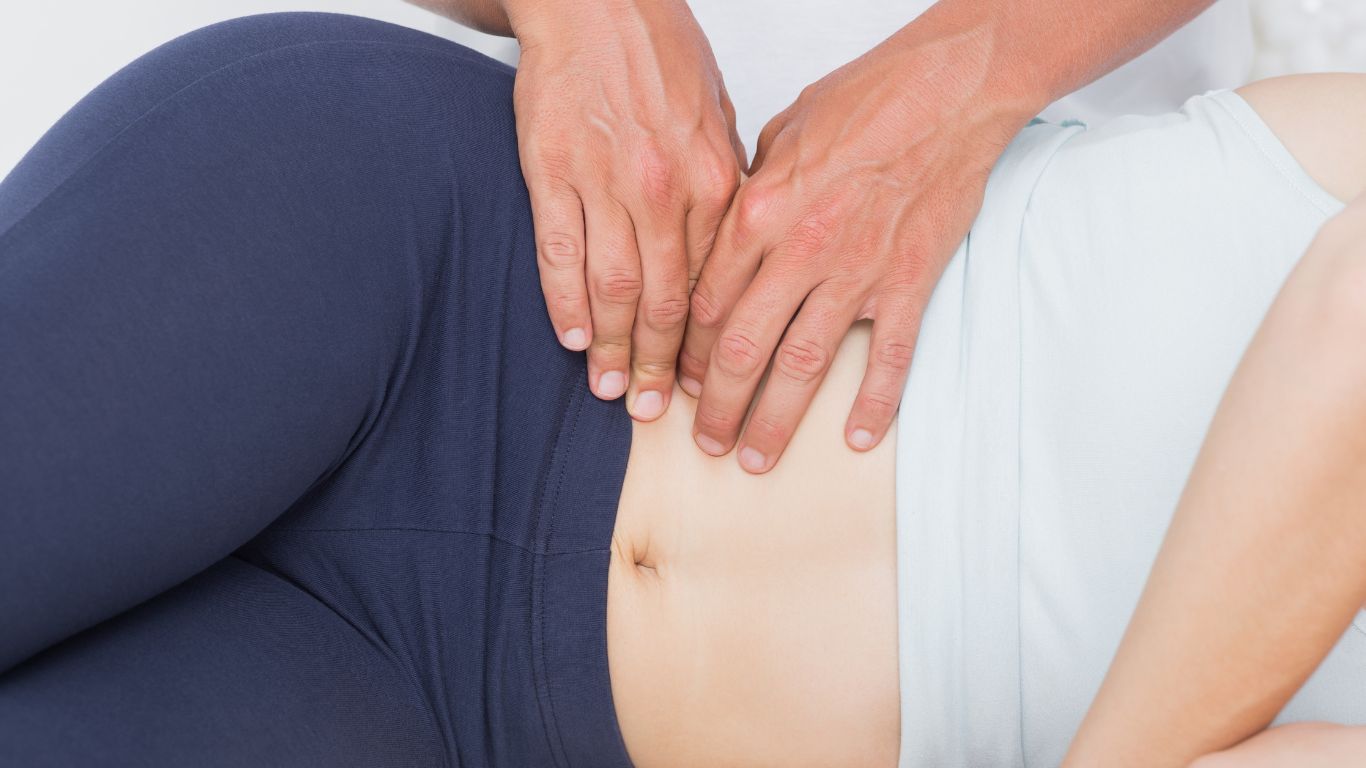We’re passionate about helping women build strength and optimise their health holistically, not just through strength-based training and nutrition coaching but also by collaborating with experts in health and wellness, like Pelvic Strength Physio (in Croydon).
This is the second in our series of health and wellness seminars, run by Alex, a Pelvic Physio.
This workshop was all about pelvic health and its value to our long term health.
The webinar is at the bottom of this post, otherwise grab a tea/coffee, and let’s learn about pelvic health…
What is Pelvic Health?
‘Pelvic health’ is the well-being of the muscles, organs, and tissues within the pelvic region.
It encompasses the proper functioning and balance of the pelvic floor muscles, bladder, bowel, and reproductive organs, as well as the surrounding ligaments and nerves. Good pelvic health ensures that these systems function correctly, helping with bladder and bowel control, sexual function, pregnancy, childbirth, and overall core stability.
When pelvic health is compromised, it can lead to a range of issues such as pelvic pain, incontinence, prolapse (when pelvic organs drop from their normal position), or sexual dysfunction. Maintaining pelvic health is important for both men and women and can be supported through exercises like pelvic floor strengthening, proper posture, and addressing any underlying conditions like hormonal changes, surgery recovery, or injury.
We want our pelvic floor muscles to have:
- Strength/power
- Coordination
- Endurance
- Good full relaxation
- And withstand forces such as: exercise, a full bladder, carrying a baby, coughing/sneezing, and be free from pain.
They play a crucial role in supporting these organs, controlling the release of urine and faeces, and aiding in sexual function. In males, they help support the bladder and bowel, while in females, they also support the vagina and uterus.
Pelvic health is so crucial to our mobility and function as we age, and it’s often overlooked. Throughout our lives, women often pay more consideration to their pelvic floor around pregnancy. Before pregnancy, during, and after, but pelvic health is essential throughout our lives.
What Is a Pelvic Floor Physiotherapist?
You might be curious about pelvic floor physios and what they do. A pelvic floor physiotherapist assesses and treats conditions related to the pelvic floor muscles. They help manage issues such as pelvic pain, incontinence, prolapse, and postpartum recovery.
In short – pelvic physios manage anything related to the pelvis (on the inside). If you have pain on the outside of your pelvis, like hip and back pain, that it on the outside, and may not be applicable. However, sometimes pelvic floor dysfunction can affect your hips and back, so if you have inexplicable pain in those areas, it’s worth having your pelvic floor assessed.
So, when do you need a pelvic floor phsyio?
When should you see a pelvic floor physio?
You may need a pelvic floor physio for any concerns regarding:
- Bowel dysfunction
- Incontinence
- Abdonimanl pain
- Overwhelming urge to urinate
- Bladder surgery
- Vaginal health
- Pregnancy/Postnatal
- Sexual dysfunction/pain with sex
- Women who experience leaking with exercise/Weight training
- Pelvic pain
- Endometriosis
- Urinating more than once overnight
- Urinating more than once every 3 hours during the day

How is a Pelvic Exam Done?
There can be unfounded concerns behind a pelvic example, and we want to put those concerns to rest.
It is through an internal vaginal examination. To quote Alex, “We look after you. We don’t care what your vagina looks like! We don’t use a speculum, like a smear test. We are gentle, and if you’ve mentioned pain in the area, we will be very careful. We’re gentle, sterile, methodical.”
They can also do ultrasounds as an alternative.
Pelvic physios have seen it all, so don’t worry about what you’ve got. All vaginas are welcome.
In a more technical breakdown:
A pelvic exam by a pelvic physiotherapist focuses on assessing the pelvic floor muscles. It starts with a discussion of symptoms and medical history, followed by an external examination to check posture, pelvic alignment, and muscle tension.
An internal exam evaluates the pelvic floor muscles’ strength, tone, and coordination.
The goal is to create a tailored treatment plan to improve your pelvic health, using exercises or manual therapy as needed.
Where is my pelvic floor muscle?
The pelvic floor muscles are located at the base of the pelvis.
They stretch across the pelvic area like a supportive hammock, spanning from the pubic bone at the front to the tailbone (coccyx) at the back.
These muscles are positioned underneath the bladder, bowel, and uterus.

Exercising and The Pelvic Floor muscle
There are specific exercises that can help improve your pelvic floor. Exercises, such as kegels, pelvic tilts, and squats, are designed to strengthen the muscles that support the bladder, bowel, and reproductive organs.
In the webinar, Alex talked us through some great kegel exercises to contract your pelvic floor. “We do not want glutes kicking in, no holding breaths. No one should know you’re doing it. Imagine you’re holding back wind. Then add in picking up a tissue with your vagina. Or sucking up a thick shake!” (I’m doing it while typing).
Sitting or standing is more effective than lying down.
Below are some exercises you can do.

Regular practice of these exercises can be beneficial for both men and women, particularly during pregnancy, after childbirth, or following surgery, and they contribute to overall pelvic health.
Perimenopause, Menopause & Your Pelvic Floor
Perimenopause and menopause can significantly impact pelvic health due to hormonal changes, particularly the decline in estrogen levels.
Your ovaries stop producing estrogen and these hormonal changes affect the pelvic floor muscles, tissues, and organs, often leading to a weakening of these structures.
As a result, women may experience incontinence, pelvic organ prolapse, and vaginal dryness. Not to mention other unpleasant symptoms that can make life a bit tough. It can even be debilitating. A loss of estrogen can significantly impact your body.
Maintaining pelvic health during this stage is important and can be supported through pelvic floor exercises, hormone therapy, and regular check-ups. So factor in your age, while assessing if you might need a pelvic physio.
Mythbusting
❌ It’s normal to leak after having a baby. 1 in 3 post natal women leak, but it’s not normal
❌ If you poo once a day, you’re not constipated. Constipation is not related to frequency
❌ You can’t power lift with a prolapse. Yes, you can, but get it checked!
❌ You can’t do ab crunches with an abdominal separation. Yes, you can!
❌ You can’t do crunches with a prolapse. Says who?!
❌ A few Kegels at the traffic lights is enough. It definitely isn’t!
❌ Working your core will work your pelvic floor. Nope, nope, nope.
What weight limit Should I work with if I have a weak Pelvic floor?
According to Alex, we don’t know. There is no research or evidence on specific weight limits when it comes to lifting and the pelvic floor. Seek personalised advice from a pelvic floor physio who can work with you to advise you and your personal trainer on any required movement or lifting modifications.
Alex’s seminar (below) has a fantastic breakdown of lifting while distributing your weight evenly.

pelvic health in melbourne
Alex, alongside a team of specialist pelvic floor physios, lead by Liana Johnson (founder and director with over 30 years experience), work at Pelvic Strength Physio in Croydon. They offer pelvic floor physio, sports physio, continence nurse, lactation consultants, and more.
You can find them here.
And, you can watch our webinar below. If you’re interested in joining our gym, and becoming a part of our wellness community in Ringwood, you can sign up for a 7-day trial here.




